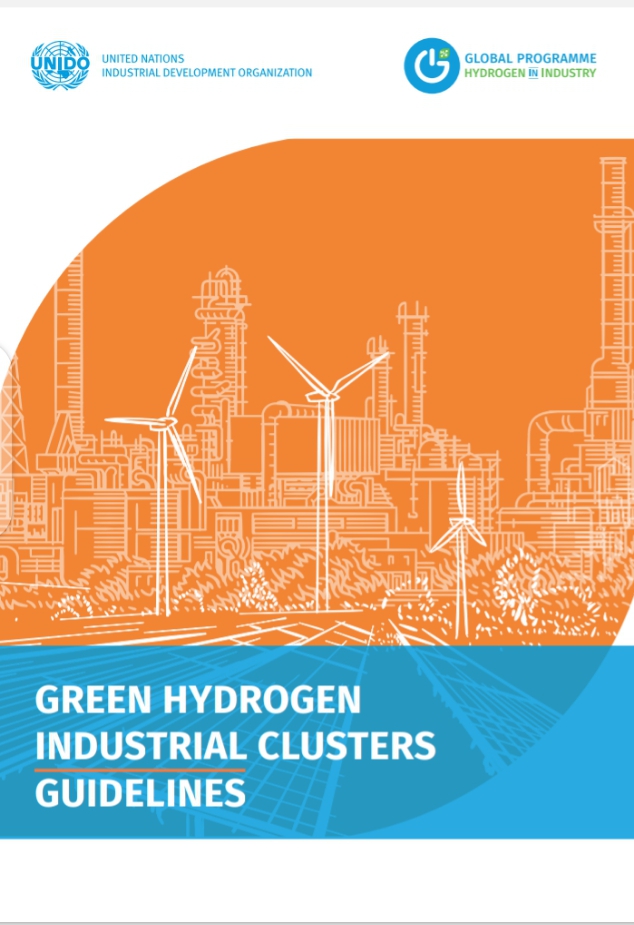
$30 trln in additional investments required to achieve net zero in 8 hard-to-abate sectors
The Net Zero Industry Tracker 2024 estimates that $30 trillion in additional capital will be required across ...

The first edition of Green Hydrogen Industrial Clusters Guidelines – published by the United Nations Industrial Development Organization (UNIDO) – will help governments and industries accelerate industrial decarbonization by replacing fossil fuels in hard-to-abate sectors.
Nearly all countries have committed to decarbonize their economies in the coming decades in line with the Paris Agreement to limit global warming to 1.5°C.
The industrial sector is a significant contributor to global greenhouse gas emissions, and therefore plays a critical role in meeting these ambitious goals. Renewable or green hydrogen, produced via water electrolysis using renewable electricity, is an essential element of the clean energy transition, particularly in hard-to-abate sectors.
UNIDO defines green hydrogen industrial clusters (GHIC) as industrial regions or clusters that share green hydrogen (production, transport and use) and renewable energy electricity, in addition to other resources for different purposes including material production, heating and cooling, local mobility and industrial feedstock. These clusters have a great potential to accelerate the uptake of green hydrogen in local industry, supporting decarbonization and the development of new low-carbon industries.
UNIDO has developed a model for GHIC that aims to accelerate the application of locally produced green hydrogen in industrial zones, clusters and parks. It aims to serve as a replicable model through which countries can deploy green hydrogen technologies to achieve their emissions reductions and industrial production goals, as well as generate economic and social opportunities.
Green Hydrogen Industrial Clusters Guidelines provide information on the multi-stakeholder engagement and coordination required for the design and implementation of an overarching policy framework for the development of the clusters.
Gerd Müller, UNIDO Director General, said he hopes that the guidelines “will be useful for policymakers, industry leaders and other stakeholders as we work together to achieve the goal of sustainable and inclusive industrial development, and create a better future for all.”
Matteo Michelli from Deutsche Energie-Agentur – dena (German Energy Agency), who contributed to publication, said, “In the realm of green hydrogen reports, this work stands out, combining both a deep-dive and an actionable guide. This is achieved by first providing a comprehensive list of challenges and enablers for using green hydrogen in industrial clusters and then identifying concrete steps to bring green hydrogen industrial clusters from an idea to implementation and upscaling.”
Another contributor, Sabina Krøigaard from Denmark’s GreenLab, said, “Until now, creating a green hydrogen industrial cluster has been the work of pioneers spread across the globe. This publication offers inspiration and concrete tools for moving forward and empowers curious entrepreneurs to take action.”
The Net Zero Industry Tracker 2024 estimates that $30 trillion in additional capital will be required across ...
Egypt is gearing up for the 2025 Human Development Report, and debt swap initiatives, all ...
The European Bank for Reconstruction and Development (EBRD), the United Kingdom’s High-Impact Partnership on Climate ...


اترك تعليقا